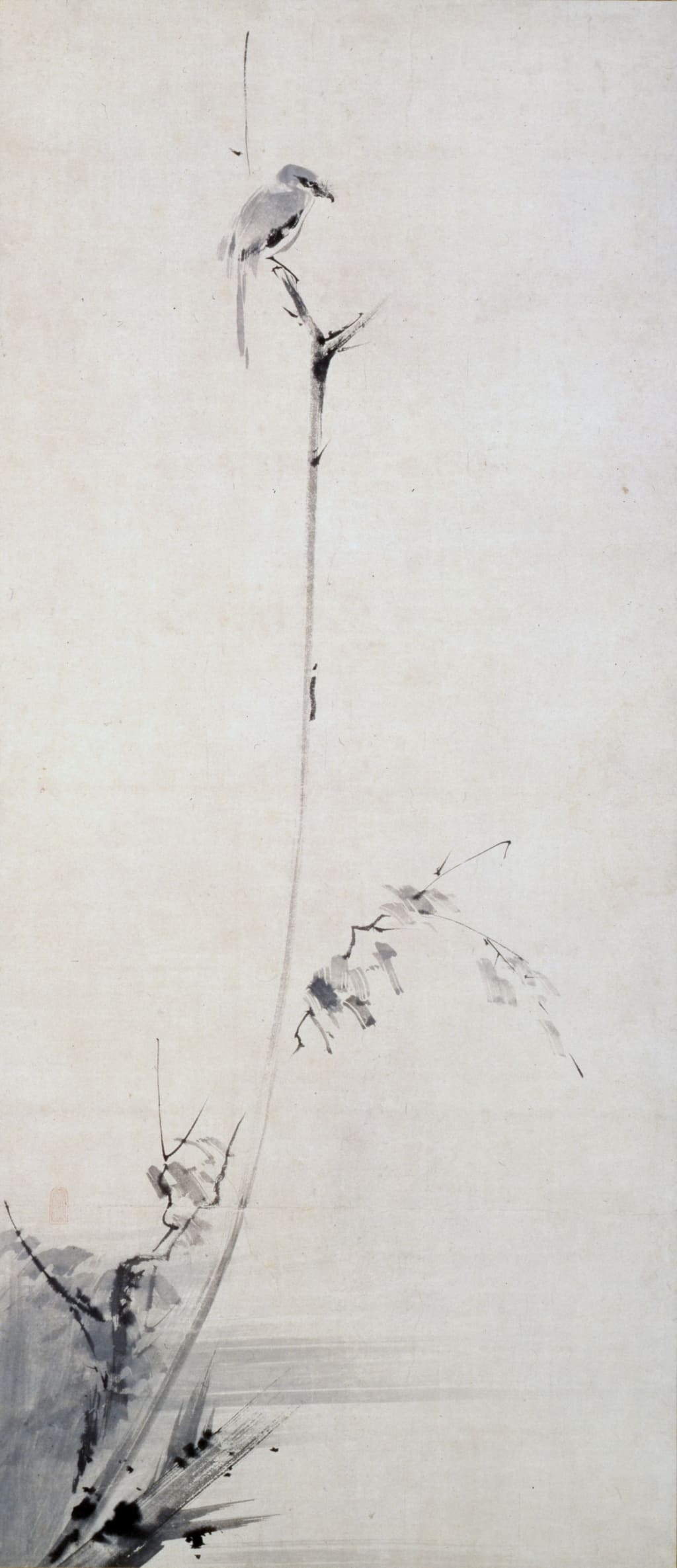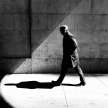
Through centuries many styles and techniques are developed by different cultures. Many of this techniques were susceptible to changes while others are preserved like national treasure. Educated professional artists of today’s modern sketch style are respectful to the “Sumi-E” Japanese technique. Some of the artists simply loves Black and White artwork while small part of them really knows the whole concept of this technique.
The Japanese term “sumi” means “black ink”, “e” means “ painting ”. It indicates one of the art forms in which subjects are painted with black ink in all possible gradations ranging pure black to the lightest shades achievable by dissolving ink in water.
This technique was transferred to Japan from China where it was born from influence of Zen Buddhism. Paper on which was painted was so thin that was impossible to make any changes after making a move with a brush. This style was very popular between samurai. In Zen teaching one of the main topic was that everything that you do in lifetime matters, every move, deed or word. Every samurai knows that every move that he made can means life or death so it was logical to have interest on this art.
In that ages of Japan occupation of China (around 1500/1600 years) samurai duels were very often. This duels of life or death with swords born many legends in Japan and gave importance to sword martial art. One of the best swordsman of all time was Miyamoto Musashi. It is not established on what date Miyamoto Musashi was born, but there is evidence that it was in the village of Miyamoto in Mimasaka province near the present-day city of Osaka in 1584. in a poor samurai family.
His birth name was Shinmen Takezo and he is now known like “Saint of swordsmanship” in the history of swordsman of Japan. He had 60 duels and won each time. First of his duels he won when he was 13 years old. Sometimes he was fighting with wooden sword against opponents with real swords but many of those fights were ended with death outcomes. Whole his life he was trying to make his skills perfect and he was consider to be one of the first samurais that developed technique of fighting with two swords. He spend most of his life traveling and training in the nature but he was also interested in art.
His book that is most known to the public is "The book of five rings". Words was chosen carefully in this war strategy and philosophy masterpiece. He finished it in the second month of 1645. On the twelfth of the fifth month. Sensing his impending death, Musashi bequeathed his worldly possessions after giving his manuscript copy of The Book of Five Rings to the younger brother of Terao Magonojo, his closest disciple. Beside this he was engaged in calligraphy, sumi-e painting, sculpture, making wooden and metal swords, and he was also interested in spatial planning and the construction of medieval fortified cities.
After many adventures while traveling and fighting in duels, In October 1643, Musashi retreated to Reigando Cave on Mount Iwato, behind the Unganzenji Temple near Kumamoto, dedicated to the Buddhist goddess of grace Kanon, where he lived as a hermit with the permission of the monks. He even got his Buddhist name - Niten Doraku and was accepted as a friend in the temple. Monks often talked with him about life and meditation during a cup of tea in the morning to help him to find peace. Before he died in year of 1645, Musashi made a great contribution to sumi-e painting. His series of bird paintings become famous all over the world as masterpieces of that are dating from from around 1600 and they are kept as a national treasure. Among his pictures one of the most famous is "Koboku Meikakuzu" ("Shrike Perched on a Withered Branch").
About the Creator
Enjoyed the story? Support the Creator.
Subscribe for free to receive all their stories in your feed. You could also pledge your support or give them a one-off tip, letting them know you appreciate their work.






Comments
There are no comments for this story
Be the first to respond and start the conversation.